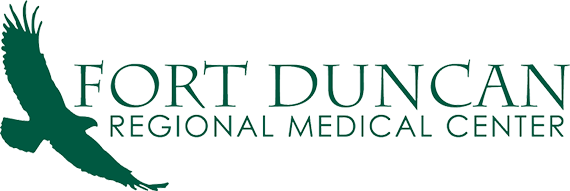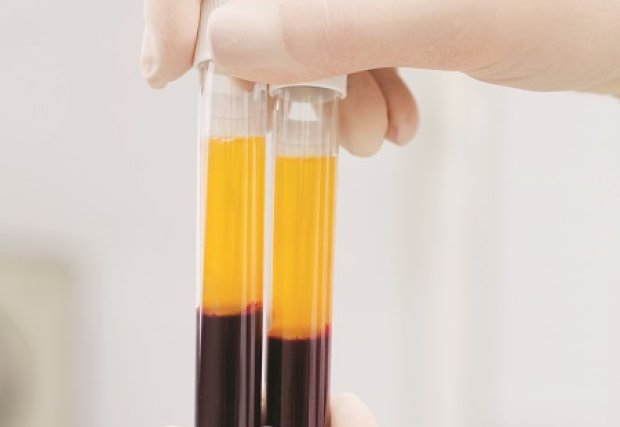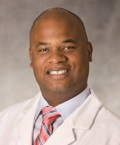Platelet-rich plasma (PRP) therapy draws on the natural curative properties of the blood to promote healing within the body. Orthopedic Surgeon Andre L. Thomas, MD, explains how PRP therapy works and what conditions it has the potential to treat.
Q: What is platelet-rich plasma (PRP)?
Platelet-rich plasma is blood that contains concentrated levels of platelets, which are small cells that perform important functions in the body, such as helping the blood to clot and healing damaged tissue. When a person sustains an injury, platelets travel through the bloodstream to bind at the site of the damage and release proteins called growth factors that initiate the body’s natural healing process.
Q: How does PRP therapy work?
PRP therapy, sometimes called regenerative medicine, utilizes the natural healing properties of the blood to reduce inflammation and pain caused by tissue damage with a concentrated dose of PRP extracted from a sample of the patient’s blood. A physician injects the extraction of PRP into the area of a patient’s body with damaged tissue like a knee, hip or shoulder. New technology has made PRP systems used to prepare the extractions more effective and has made therapy more widely available.
Q: What conditions can it treat?
PRP therapy can be used to treat many conditions, including musculoskeletal conditions related to sports injuries or arthritis that may result in pain and swelling in the muscles, tendons or joints. Orthopedic specialists have been using PRP therapy to promote healing in patients with muscle strains, tendon injuries and osteoarthritis, especially if their symptoms are reducing their mobility or affecting their quality of life.
Q: What can patients expect during a treatment?
During a treatment session, a physician prepares the concentrated dose of PRP for injection by using a special PRP system that separates the platelets in the blood and allows for precise control over the extraction process, making it faster and safer for patients. The entire procedure can be done in a half hour, after which patients can resume their normal activities.
If you need a referral to a physician affiliated with Fort Duncan Regional Medical Center, contact our free physician referral service at 866-341-3362 or search our online directory >


